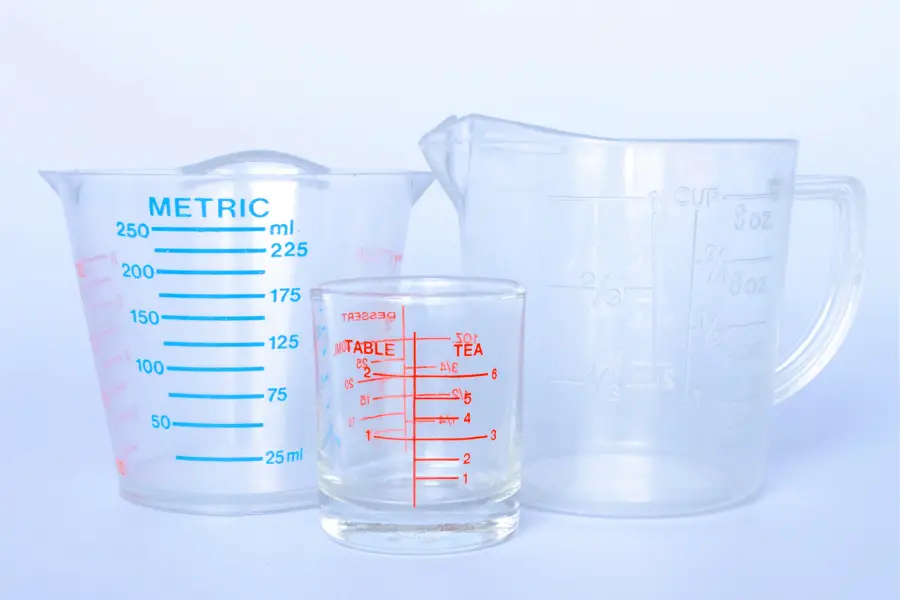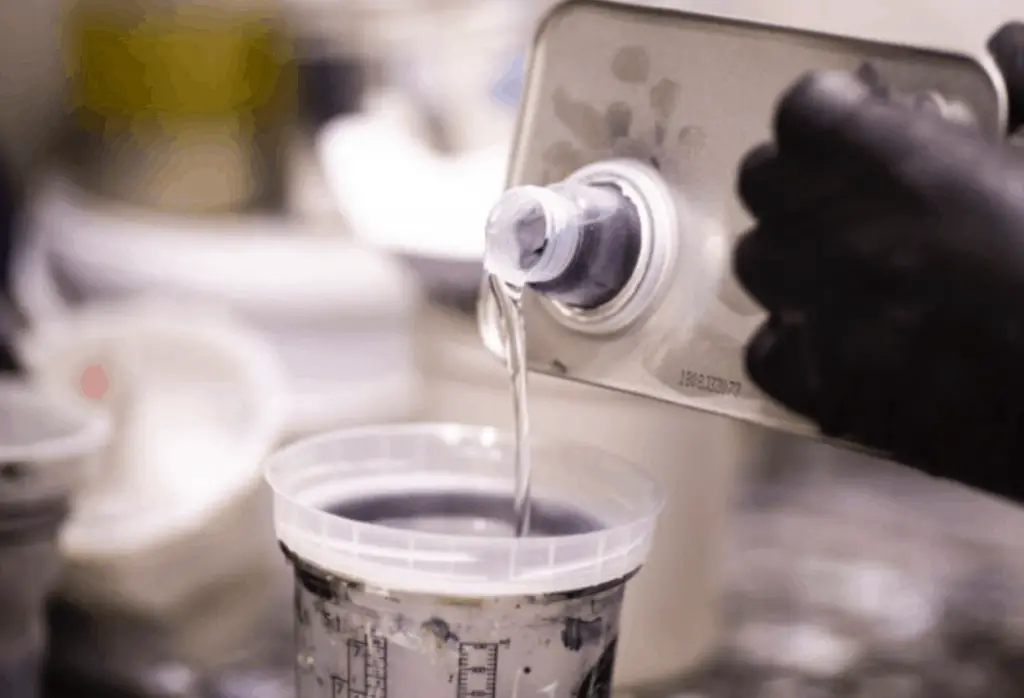You may be painting with oils, or other mediums that require paint thinner. Paint thinner is considered to be a toxic product, so you have to be careful with how use it and store it. One main question around paint thinner is how to properly store it while painting, or once you’re done.
So, can you put paint thinner in plastic? Yes, you can. Even though paint thinner is considered toxic, it won’t likely eat through any plastic. You will notice that the product is often sold in plastic jugs, so you can assume that it will be safe. If you are uncomfortable with storing your paint thinner in a plastic container, you can always test it out first to see what will happen.
Not all paint thinners or plastics are considered equal, so a paint thinner might be fine in one type of plastic and not fine in another. If it is thick plastic like the containers it is sold in, you will be fine. If it is thinner plastic, like a plastic cup, you might want to be more cautious.
Will Paint Thinner Eat Through a Plastic Container?

Regular paint thinners will not usually eat through a plastic container. Since they are commonly sold in plastic containers, you can assume it is safe to put the thinner in a plastic container while you use it.
Before putting paint thinner in any type of plastic, keep in mind that it won’t be the most suitable with thin plastics. You should avoid putting the paint thinner in a plastic water bottle or plastic cup. These plastic materials might not fend well against the strength of the paint thinner.
I like to use Sunnyside Paint Thinner for my oil paint projects and also, to clean my brushes.

If you are unsure about putting the paint thinner in a plastic container, you can always put it in a metal bowl or ceramic bowl for you to use. You can always test out the plastic by putting a little bit of acetone in the container to see how it reacts. If the acetone doesn’t eat through it, other paint thinners will be fine.
It is important to remember that you should never put paint thinner in a plastic bag. This plastic is way too thin and will not hold up to the strength of the solvent. Make sure the plastic is thick and sturdy for the best results.
What Can You Put Paint Thinner in?

You might be surprised to learn that paint thinner that you’ve used to clean your brushes can be reused. This means that you will need a container to put the paint thinner in that will safely contain the product. You don’t want to put it in anything that might be potentially dangerous in the future, so what do you do?
I recommend using this Stainless Steel Bowl & Brush Cleaner, for your oil paint solvents. I like to use this to clean my brushes, and to keep my turpentine or mineral spirits in. It has a leak proof lid, and can be easily transported.

If you aren’t going to use the paint thinner to mix in your paint, you can store your used paint thinner right back in the container that it came in. If you don’t want to use that container, any container made of heavy plastic and a tight lid will work. Always make sure you clearly label the paint thinner with a Sharpie, so everyone knows what it is.
One of the best plastic containers you can use for paint thinner is known as an HDPE container. HDPE stands for High Density Polyethylene and is a plastic that is made from petroleum. It is said to be one of the most versatile plastics that you can buy today.

HDPE is ideal for paint thinner because it is just as strong as it is light. This is how a 2-ounce HDPE jug can hold a gallon of milk. You will also notice that some cars are made with HDPE fuel tanks because the material is durable and makes the car lighter.
You can find HDPE containers in multiple different shapes and sizes, making it easy to pick the one that works best for you and where you are going to be storing it. The paint thinner container should always be stored in an area that is cool and dry, away from any potential flames.
Storing your used paint thinner for reuse in a heavy plastic container also makes it easier to properly dispose of the paint thinner. This will not only benefit you by saving time and money, but it also benefits the environment because unnecessary toxic waste isn’t being dispersed into it.
Does Turpentine Dissolve Plastic?

Turpentine is an extremely popular paint thinner, but it is also very strong. While other paint thinners might do fine in plastic containers, it is highly advised against putting turpentine in plastic. The product has a very poor compatibility with plastic and the two should not be used together.
Turpentine is usually sold in a glass container or a tin container. These materials are known to be safe for use with turpentine and will not dissolve when they come in contact. It is best to store this product in a container that is similar to what it came in. This is because you know that type of container will be completely safe, and you won’t run into any issues.
Turpentine does have the potential to dissolve plastic, especially thin plastic. This means that you should never use a plastic cup to store your turpentine in while you are painting or cleaning your brushes.
I recommend using your turpentine in this Stainless Steel Mixing Cup.

The best short-term storage of turpentine for use will be glass or metal. For long-term storage, you should just use the container that the product came in. This will be the safest way to store turpentine until you are ready to dispose of it.
Can You Put Mineral Spirits in Plastic?

Mineral spirits are known to be a pretty mild solvent. This means that you should be able to store mineral spirits in a thick plastic with absolutely no harm. When you store mineral spirits in a plastic container, it is important to label the container so that you remember what is in it. This will prevent you from throwing it away on accident.
Just like paint thinners, you will want to store your mineral spirits in a sturdy and durable HDPE plastic container. Although it is technically safe to store mineral spirits in plastic, you should store it in a container similar in material to what it came in. If the mineral spirits came in a tin container, store it in a tin container.
I like to use this Gamsol Mineral Spirit, because it’s odorless and can be used in plastic.

You can also use a plastic container to store your mineral spirits while you mix it with paint or clean your brushes. You should be able to use a plastic paint tray to mix the mineral spirits with oil paint without worrying that the product will eat through the surface and make your spirits run all over the floor.
Final Thoughts
Paint thinners are pretty toxic materials, so you might be surprised to learn that they can be stored in plastic containers. This doesn’t mean that you should pour your paint thinners into a plastic water bottle and call it a day, there is specific plastic that will hold the product best.
You want thick, durable plastic to store paint thinners in. The best will be an HDPE container, which is thought to be the most versatile plastic. It is a durable and lightweight material, making it the perfect option to store your paint thinner.
Make sure to follow all my tips and recommended products to ensure your paint thinner is stored properly, so your project turns out great! Also, don’t forget to check out my other articles for all your painting Q&A’s. Happy painting!

